Elke Reinauer sends a dispatch from Namibia
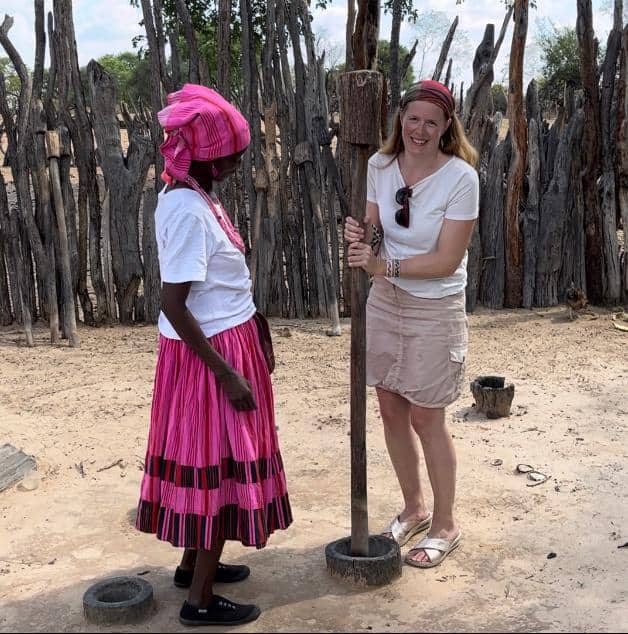
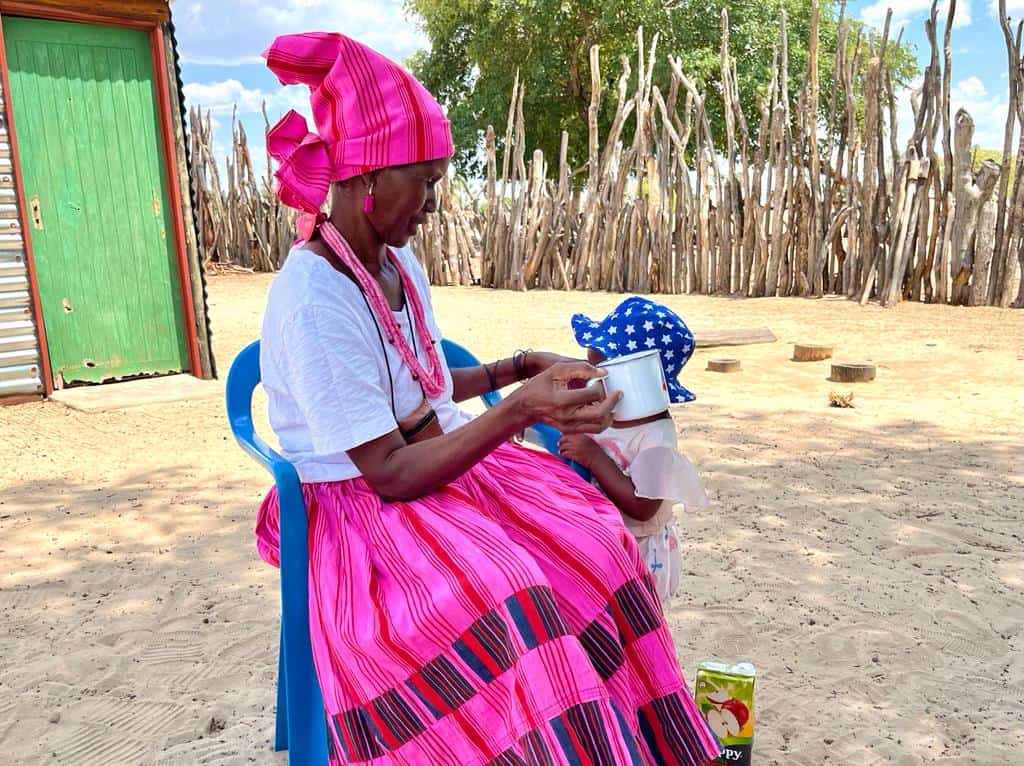
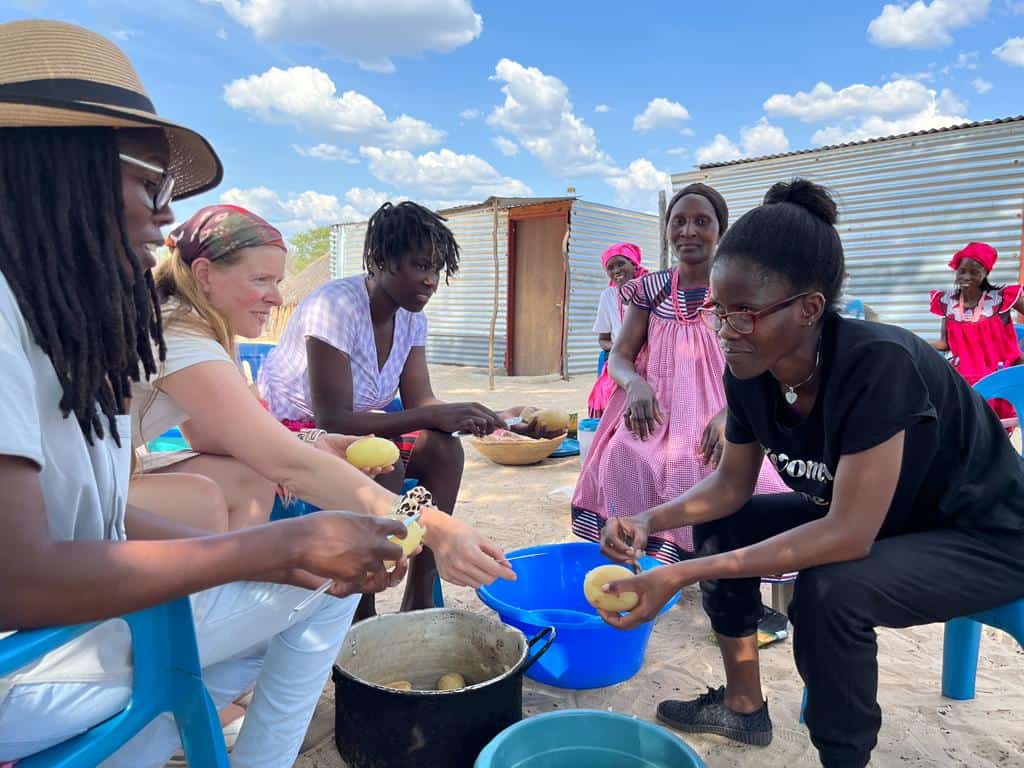
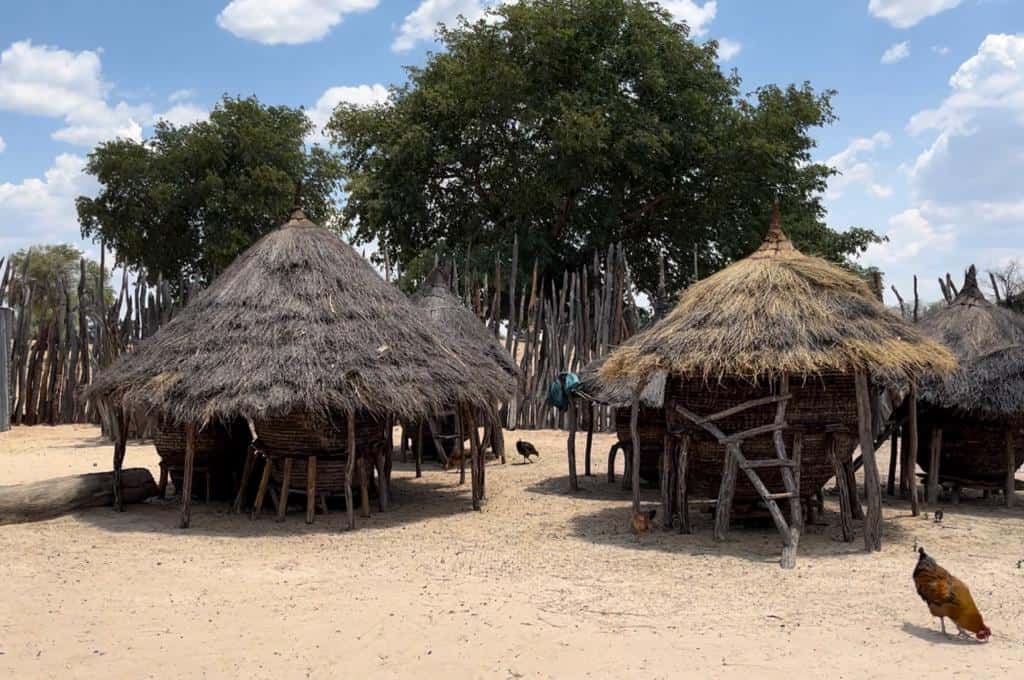
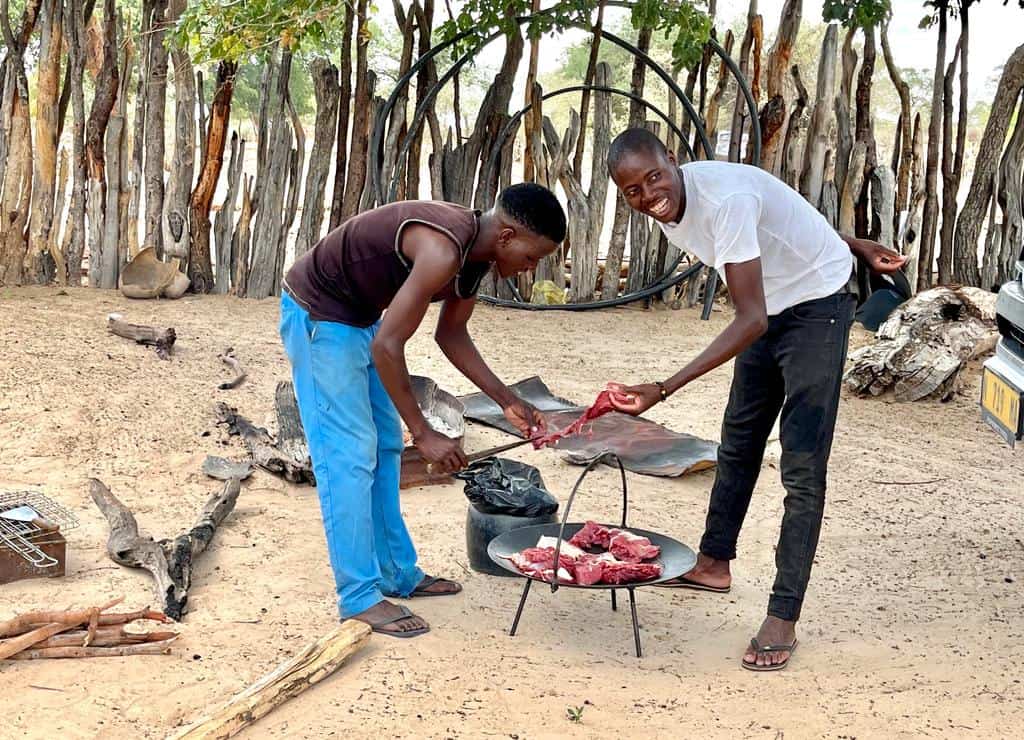
You will never forget the smell of rain in Namibia,” a friend told me when I disembarked for Namibia for the first time. That was eight years ago. Since then I have been visiting the country in Southwest Africa, every year, to look after my social project, Creabuntu.
I would usually stay at my friend’s place in Windhoek, the capital of Namibia. The project is located in the township of Windhoek, where I spend most of my time, in Namibia. I didn’t travel much—just a weekend out of town, here and there. But this time was different; my partner Martin came with me. After we had spent some time in Windhoek, to look after my project, we went on a trip.
For two weeks we travelled with a rental car with a rooftop tent. We did some touristy things such as visiting Etosha National Park to watch elephants, giraffes and zebras. But one of the highlights was visiting my friend Elisia in the north of Namibia, in Ovamboland, also known as the “Four-O” region, named after the districts Oshana, Oshikoto, Ohangwena and Omusati. Almost all the towns in the north start with “O” (except the town close to my friend’s place—Eenhana).
I first met my friend Elisia when I was looking for artist teachers for my social project. Creabuntu’s aim is to teach art to kids: drama, drawing, crafts and sculpture. Elisia is an artist who does sculpturing and traditional Namibian pottery. She was teaching for Creabuntu until she moved back to the north. Elisia was always talking about her dream—having her own art studio, which would also be an art school for her community. She bought land and started the construction. Then she had a setback when things from the construction site were stolen. It took her three years to complete her studio.
Driving the north of Namibia, I got excited. We were out of my comfort zone, which is Windhoek and a radius of 200 kilometres around it. Windhoek is very western; almost European. With a German community of 20,000 people living there (Namibia was once a German colony), one can almost feel at home. But, up north, there aren’t any Europeans. It’s a beautiful countryside that reminds me of a huge park or a garden with beautiful trees, with names such as mopane or marula, that grow in sandy ground. Silvery-green palm trees, with makalani nuts, stand between the villages. On the side of the highway, we saw goats and cows eating grass.
Elisa and her family were already waiting for us as we drove through the gate of her studio, which has a separate building for a kitchen and a sleeping area and bathroom in the back of the house where Elisia’s sister was staying. Elisia was staying with her aunt, who had raised her. In Ovambo culture, unmarried women are supposed to stay with the people who raised them (not always their parents), until they get married.
It was a warm welcome and they had slaughtered a chicken for us that day. We ate the chicken, sauce and pap (cornmeal) with our hands. We slept in the tent on top of the car, which was handy and comfortable.
I always wanted to see where Elisia came from (Ovamboland). The Ovambos are the largest tribe in Namibia. They live in the north, but lots of young people are moving to Windhoek in hope of finding work there. They usually end up on the outskirts of the township, staying in shacks without electricity. They have a tiny space (in the north, they have lots of space). So I wanted to find out what makes them want to move from there.
Deep in the bush (visiting an African kraal)
Life in the north is based on farming. I experienced this when Elisia brought us to the kraal where her parents live with some of their children and grandkids. We had to drive through deep white sand to get there. Thanks to our four-by-four rental, this was possible. A fence of wooden sticks surrounded the kraal. Inside were huts built in a round shape, with roofs made of straw. Chickens were running around and on the other side were fields where mahango (millet) was planted. The family owns cows and chickens. Our car was stocked with food, which we wanted to braai (the Afrikaans word for “barbecue”).
We were greeted by Elisia’s parents, who don’t speak any English (Elisias translated). As welcome gifts, we brought cool drinks for everyone. Things like that, they don’t get in the village. There are seven adults in the kraal (everyone has their own hut). Five of Elisia’s siblings were staying there with their kids.
Elisia’s mother showed us baskets that she had made out of dry palm leaves. Some of the others were starting a fire. Everybody did something: one girl took the rice and boiled it, while Elisia’s brothers were cutting meat, without a cutting board, just holding it in their hands. Elisia’s dad sat on a chair in the sand and enjoyed his grandkids and everything that was going on. There is no electricity or running water there and they are using well water and are living off of their land. I have never seen such happy people … smiling, singing, talking to us in Oshivambo! We didn’t understand the language, but who cares!
This was the most-impressive afternoon of our trip, I think, when we were back at Elisia’s art studio and set up our tent for the night. I still don’t get it … why young people would leave a place like Ovamboland. There is so much space—space they wouldn’t find in the township.
At night, it starts to rain. I just love the scent of rain in Namibia: it smells kind of earthy and flowery at the same time.
My friend was right—it is something I will never forget. And I won’t forget the people in Ovamboland.




